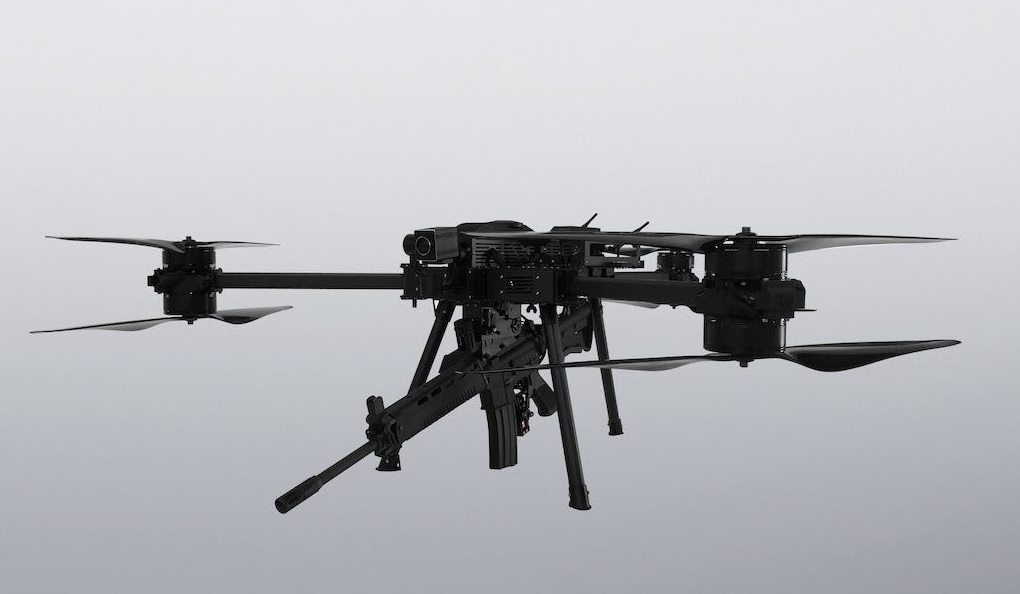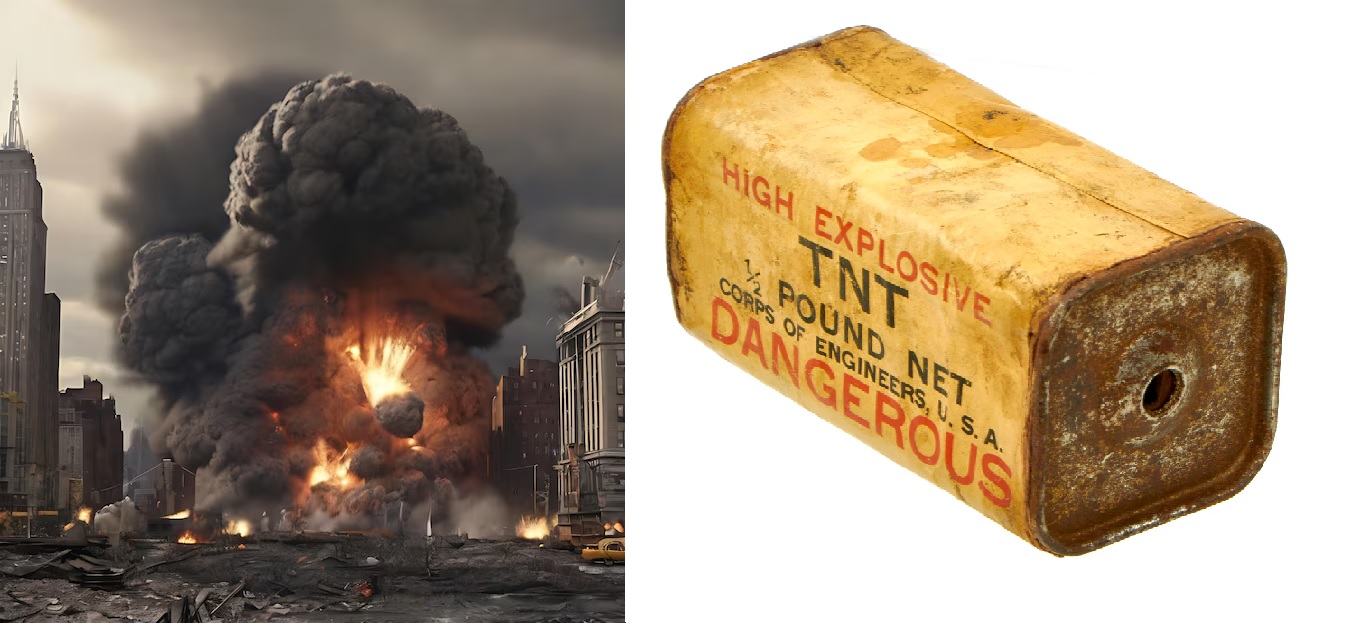Russia Approves Nearly 30% Increase in Defense Spending Amid Ukraine War

Russia is preparing for a significant boost in its defense spending, marking one of the most notable shifts in its military budget since the Soviet era. With its ongoing military offensive in Ukraine, the Kremlin has prioritized bolstering its military, approving a near 30% rise in defense expenditure for 2025. The budget was passed in its first reading by the State Duma, Russia's lower house of parliament, with an overwhelming majority and only one dissenting vote. The second reading is scheduled for November 14, when the budget will undergo further scrutiny.
This defense spending surge reflects Moscow’s strategic choice to pump vast financial resources into the Ukraine conflict, which has stretched beyond initial expectations. Russia has already been churning out large quantities of missiles and drones, while paying substantial salaries to its soldiers deployed on the front lines. The Kremlin's focus on defense has led to increased spending not only on traditional military expenses but also on areas classified under "domestic security," many of which are linked to the ongoing war effort.
By 2025, defense spending is projected to reach 13.5 trillion rubles (approximately $145 billion), a figure that surpasses combined expenditures on welfare and education. In fact, around 40% of Russia's total government budget will be dedicated to defense and security, out of a total government expenditure estimated at 41.5 trillion rubles. This immense allocation illustrates how deeply the war has impacted Russia's fiscal priorities.
What makes this even more significant is that some military-related expenses, including those categorized as "top secret" by the government, are not part of the official defense budget. These additional expenditures include items like intelligence operations and specialized equipment, further inflating the total resources committed to the conflict. Many of these classified outlays are expected to supplement the war effort, demonstrating Russia's commitment to sustaining its military campaign for the foreseeable future.
Moscow's military campaign has progressed notably in eastern Ukraine, with Russian forces making steady advances and seizing towns and villages from outnumbered Ukrainian troops. This territorial progress, however, comes at a high cost—both in terms of lives and resources. The Russian government has framed its military build-up as essential to the success of its war goals, even as critics argue that the heightened defense spending has crowded out essential social programs.
Despite promises from the Russian government to increase investment in social welfare and infrastructure, the reality shows a different picture. Planned spending on “national defense” is more than double what is allocated for social policies, such as welfare and public services. This imbalance highlights the economic sacrifices being made to sustain Russia’s military operations. Ordinary Russians are seeing fewer resources directed to social benefits, while the military garners a greater share of the nation's budget.
The massive increase in military expenditure reflects the Kremlin’s determination to secure a strategic advantage in Ukraine, even as the international community keeps a close eye on how long Russia can sustain such heavy investments. For now, the new budget provides a clear indication of Moscow's long-term intentions: winning the war in Ukraine, regardless of the economic trade-offs at home.
Russia's defense spending in 2025 is set to break records, illustrating the extent to which the Ukraine conflict has reshaped the country's political and economic landscape. As Moscow continues to prioritize military power, the future will likely see continued strain on other sectors of the Russian economy, with no clear end to the war in sight.


